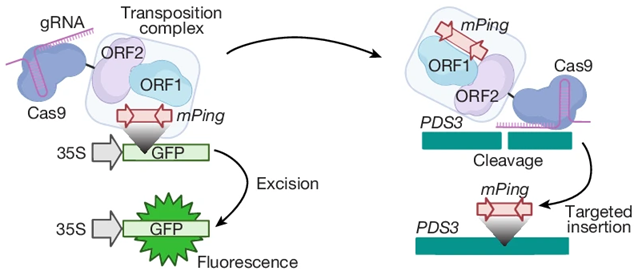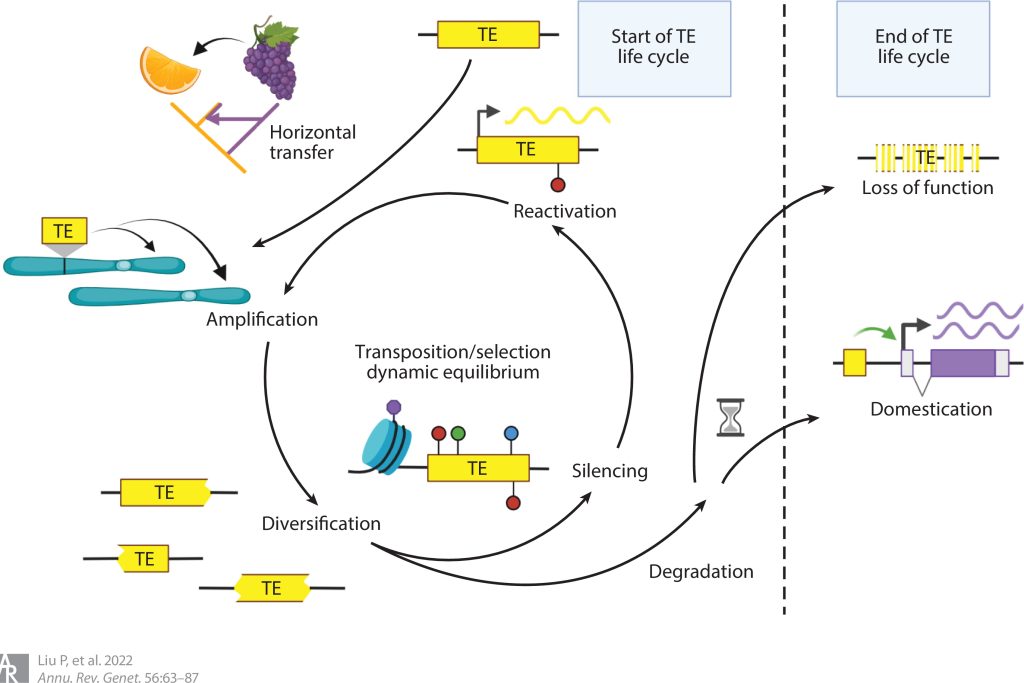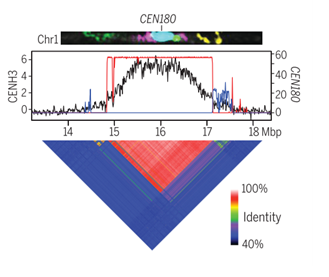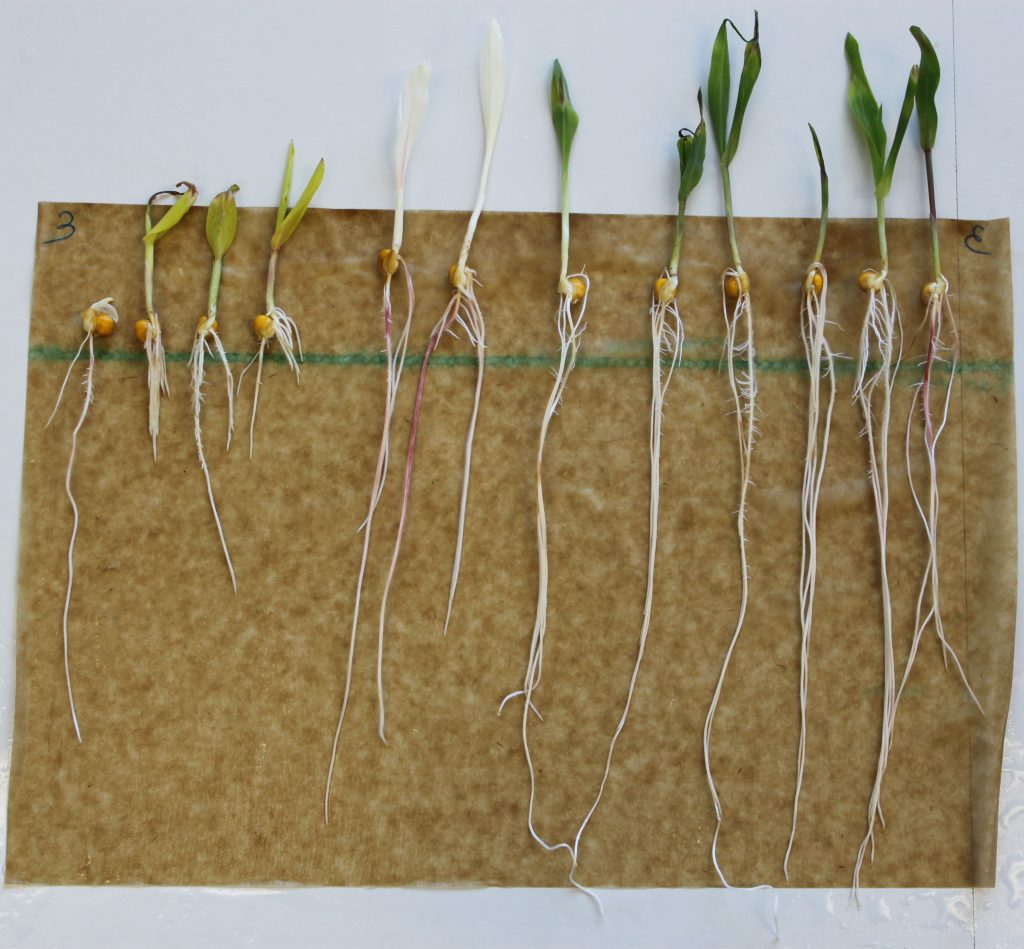
Transposase-assisted target-site integration for efficient plant genome engineering
Plant Science Research WeeklyGenome editing stands at the forefront of scientific innovation, offering transformative possibilities to manipulate the genetic code of plants, animals, and humans. A critical bottleneck for its application in modern crop improvement is the low frequency and error-prone integration of foreign DNA into…

Transposable element abundance and fitness in maize
Plant Science Research WeeklyIn this interesting paper, Stritzer et al. asked a simple question, which required a very sophisticated approach to answer. Do transposable elements (TEs) affect fitness in maize? This is a particularly interesting question as 85% of the maize genome is composed of TEs or TE fragments, including over…

Review: Transposable element life cycles in plant genomes and beyond
Plant Science Research WeeklyWhat a wonderful review! As the title indicates, this review by Liu et al. looks at transposons, considering their “life cycle” – from introduction into a naïve genome, through amplification, diversification, silencing, reactivation, and ultimately domestication or loss-of-function. Besides this…

One assembly closer to understanding centromeric evolution in Arabidopsis thaliana (Science)
Plant Science Research WeeklyCentromeres are chromosome regions that consist of tandemly repeated “satellite arrays” and harbor CENH3 centromeric histones. Centromeres are present in every eukaryotic cell and are important for kinetochore assembly, so they ensure chromosome segregation during cell division. In spite of the importance…

BonnMu: a sequence-indexed resource of transposon-induced maize mutations for functional genomics studies (Plant Physiol.)
Plant Science Research WeeklyLoss-of-function mutants have been invaluable tools in the geneticist’s toolbox for more than a century. More recently, libraries have been developed of knockout insertion mutants at known sites. Here, a new Mu-transposon insertion sequence-indexed maize resource is described. This new collection,…

Silencing Transposons is Important for Pollen Development in Capsella
Research, The Plant Cell, The Plant Cell: In a NutshellWang et al. reveal that viable pollen formation in Capsella requires the function of a DNA-dependent RNA polymerase. Plant Cell https://doi.org/10.1105/tpc.19.00938
Background: Transposons, or “jumping genes”, are kept silent by a plant-specific pathway that starts with DNA-dependent RNA…

Identifying an Unexpected Player in DNA Methylation
Research, The Plant Cell, The Plant Cell: In a NutshellChoudry et al. show that the mRNA export protein ALY1 enables genome-wide RNA-directed DNA methylation, transposon repression and transgene silencing though the efficient export of the AGO6 mRNA. Plant Cell https://doi.org/10.1105/tpc.18.00624
By Sarah Choudury
Background: Transposons, sometimes…

What We're Reading: October 19th
WWR Full PostThis week's edition is guest edited by Matthias Benoit, a postdoctoral Research Associate at The Sainsbury Laboratory University of Cambridge. His research focuses on the developmental, environmental and epigenetic regulation of tomato retrotransposons. His favorite models of study are fruit development…

